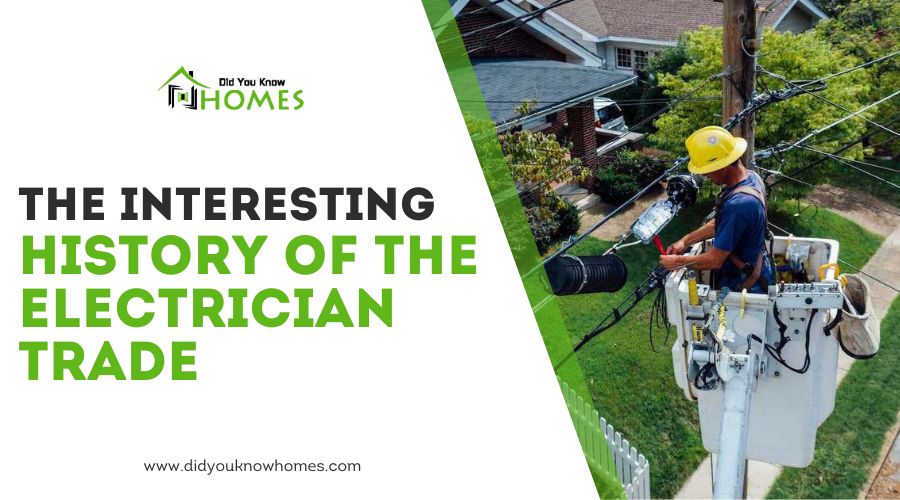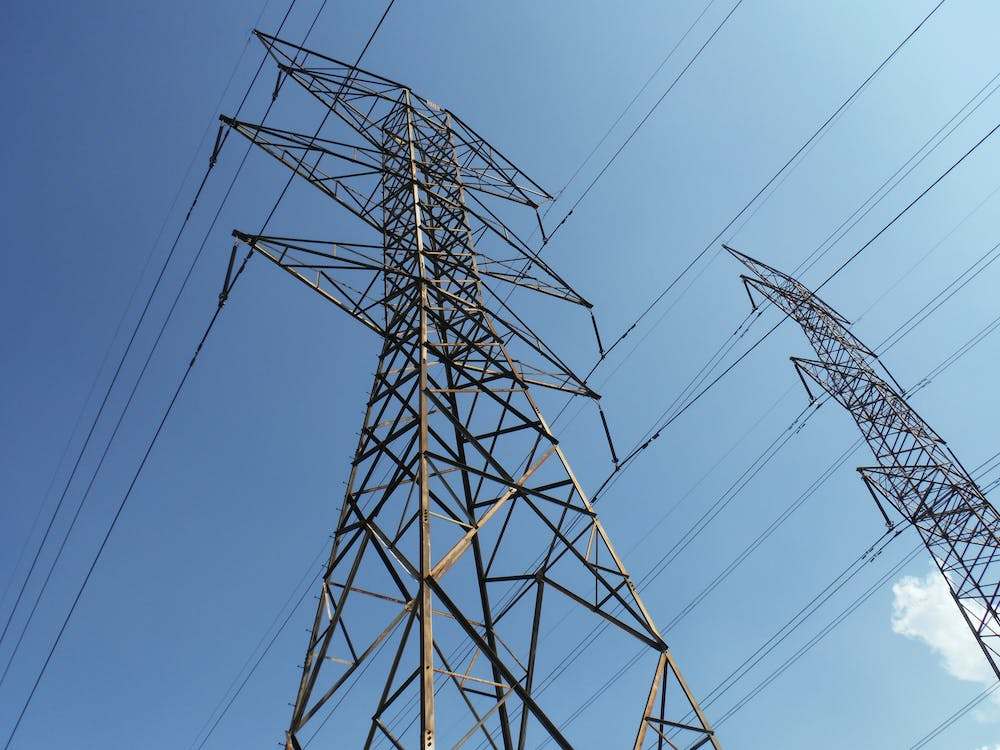The electrician trade, a profession that lights up our world in the most literal sense, has a rich and fascinating history that spans centuries. From the early days of experimenting with electricity to the modern era of complex electrical systems that power our homes, businesses, and cities, the journey of this trade is a story of innovation, perseverance, and the relentless pursuit of knowledge. This article will take you through the key milestones in the evolution of the electrician trade, shedding light on how it has become an indispensable part of our daily lives.
The Beginnings of the Electrician Trade
The electrician trade, as we know it today, began to take shape in the late 19th century, marking a period of rapid technological advancement and the widespread adoption of electricity. The invention of the electric light bulb by Thomas Edison in 1879 and the development of the first practical power systems were pivotal events that catapulted society into the electrical age. By the 1880s, electric lighting systems were being installed in homes and businesses, sparking a need for skilled individuals to manage these installations.
In 1882, Edison launched the Pearl Street Station in New York City, the first commercial electrical distribution system providing electricity to a small number of customers. This event demonstrated the feasibility of electric power distribution and led to the growth of electrical infrastructure across the United States and Europe. As the number of applications for electricity grew, including electric trams, telephones, and industrial machinery, so did the demand for electricians.
The early electricians were pioneers, often learning through trial and error, as there were no formal training programs available at the time. They had to understand the principles of electricity and how to safely install and maintain the burgeoning network of wires and equipment. The dangers associated with electricity, including the risk of fires and electrocution, became apparent, leading to the development of safety standards and practices.
By the turn of the 20th century, the electrician trade was becoming more structured. The first electrical codes were introduced, and organizations such as the National Electrical Contractors Association (NECA), founded in 1901, and the International Brotherhood of Electrical Workers (IBEW), founded in 1891, began to establish guidelines for training and work practices.
The Electrician Trade in the 1900s
The 20th century was a period of exponential growth and transformation in the electrician trade, paralleling the rapid advancements in electrical technology and the increasing electrification of society. The century began with the burgeoning use of electricity in homes and industries, setting the stage for electricians to become indispensable to modern life.
In the early 1900s, the proliferation of electric power systems led to the expansion of electrical grids across cities and towns. This expansion necessitated a larger workforce of skilled electricians to install and maintain an ever-growing network of electrical lines and equipment. The introduction of new appliances and technologies, such as radios in the 1920s, television sets in the 1930s and 1940s, and computers later in the century, further increased the demand for electricians.
One significant development in the trade was the establishment of formal apprenticeship programs and technical schools, which began to emerge in the first half of the 20th century. These programs were designed to provide electricians with a structured education in electrical theory, wiring practices, code requirements, and safety procedures. By mid-century, becoming an electrician typically involved completing an apprenticeship program, which combined classroom instruction with on-the-job training.
The electrician trade also saw the introduction and evolution of electrical codes and standards during the 20th century. The National Electrical Code (NEC), first published in 1897, underwent numerous revisions to keep pace with technological changes and improve safety standards. Compliance with the NEC and local codes became a critical aspect of the electrician’s profession, ensuring that electrical work met established safety and performance criteria.
Another notable event was the rural electrification in the United States, which began in earnest in the 1930s with the establishment of the Rural Electrification Administration (REA) in 1935. This initiative dramatically expanded the electrician trade’s reach, bringing electricity to rural areas and opening up new opportunities for electricians to work on infrastructure projects that connected remote communities to the power grid.
As the century progressed, the electrician trade continued to evolve with advancements in technology, such as the widespread adoption of digital systems and renewable energy sources in the latter decades. Electricians adapted to these changes, acquiring new skills and knowledge to work with solar panels, wind turbines, and smart home technologies.
The Modern Electrician Trade
The 1960s and 1970s saw a boom in construction and the widespread adoption of new electrical appliances and systems, increasing the demand for skilled electricians. This period also introduced more stringent safety standards, reflecting a better understanding of electrical hazards and the need for proper installation and maintenance practices.
In the 1980s and 1990s, the electrician trade began to feel the impact of the digital revolution. The introduction of computerized control systems in industrial and residential settings required electricians to acquire new skills in electronics and data communication. During this time, energy conservation became a significant concern, leading to the development of more energy-efficient electrical systems and the integration of alternative energy sources, such as solar and wind power, into the electrical grid.
The turn of the millennium brought further changes with the advent of smart home technology, which has dramatically transformed the residential electrical landscape. Electricians today are not only responsible for wiring and maintaining traditional electrical systems but also for installing and configuring smart home devices, including automated lighting, security systems, and energy management solutions. The push towards sustainability has also continued, with electricians playing a crucial role in installing electric vehicle charging stations and integrating green technologies into new and existing buildings.
Regulatory changes have kept pace with these technological advancements. National and international electrical codes have been regularly updated to address the challenges of modern electrical work, ensuring safety and efficiency. Professional development and continuous learning have become more critical than ever, with electricians needing to stay abreast of the latest technologies, regulations, and best practices.
Conclusion
From the early days of electrical experimentation to the sophisticated, tech-driven landscape of today, electricians have been at the forefront of shaping our world. Their work, which once focused on installing basic lighting systems, now encompasses a wide range of technologies, from smart home automation to renewable energy solutions.




